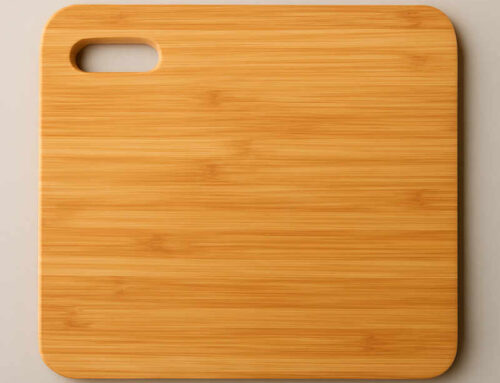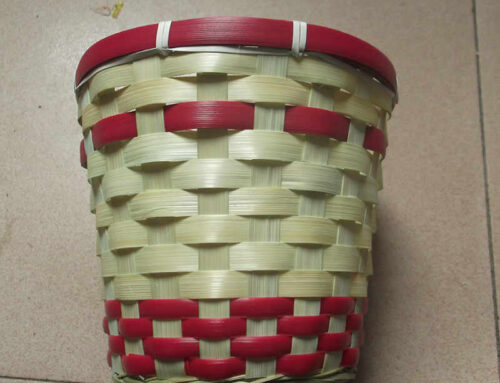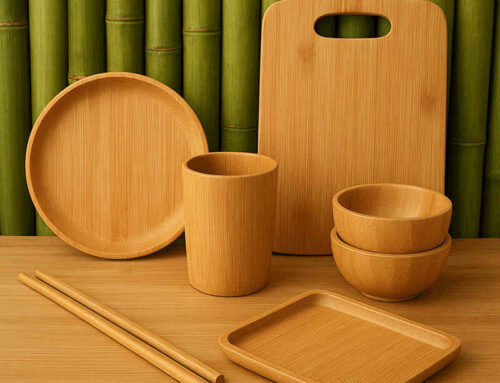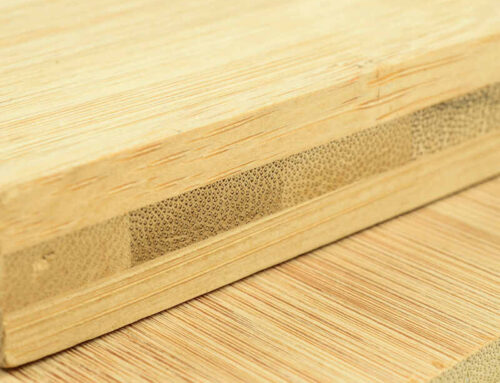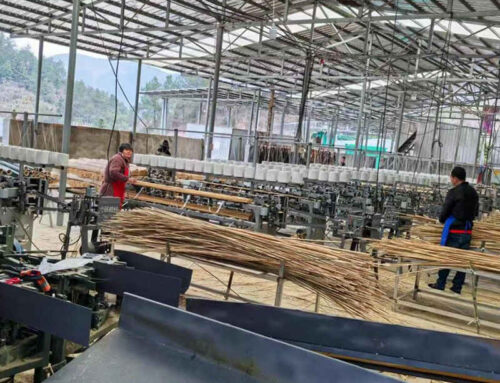In recent years, bamboo furniture has emerged as a frontrunner in eco-conscious interior design, offering a compelling alternative to conventional wood furniture. While wood has long been the standard for home furnishings, bamboo brings a unique blend of sustainability, durability, and modern aesthetics to the table. Let’s explore why bamboo is increasingly becoming the material of choice for eco-savvy homeowners and designers alike.
- Rapid Renewability: A Champion of Sustainability
Bamboo isn’t just a plant—it’s a sustainability superstar. Unlike hardwood trees that take decades to mature, bamboo reaches harvest-ready height in just 3–5 years. As a grass, it regenerates from its roots after cutting, eliminating the need for replanting. This makes bamboo a carbon-sequestration powerhouse, absorbing 35% more CO₂ than equivalent tree stands. For context, replacing a single wooden chair with bamboo saves approximately 1.5 tons of carbon emissions over its lifecycle. - Strength Beyond Aesthetics
Don’t let its slender appearance fool you. Bamboo boasts a tensile strength rivaling steel and greater compressive strength than concrete. Its natural silica content creates furniture that resists warping, cracking, and moisture damage—ideal for humid climates. Modern processing techniques like carbonized treatment enhance its durability while deepening its golden hues. - Design Versatility Meets Modern Minimalism
Bamboo’s smooth grain and clean lines align perfectly with contemporary design trends. From Scandinavian-inspired chairs to floating bamboo shelves, it offers unmatched flexibility. Manufacturers now craft curved pieces and hybrid designs (like bamboo-metal combos) that defy traditional limitations of woodworking. - Health-Conscious Choice
Bamboo’s natural antimicrobial properties inhibit mold and bacteria growth—a critical advantage for families with allergies. Unlike some pressed-wood products, quality bamboo furniture uses formaldehyde-free adhesives, reducing indoor VOC emissions by up to 60% compared to conventional particleboard. - Cost-Efficiency Without Compromise
While exotic woods like teak or mahogany can break the bank, bamboo delivers comparable elegance at 20–30% lower costs. Its lightweight nature also slashes shipping emissions—a bamboo dining set generates 40% less transport-related CO₂ than its oak counterpart.
The Bottom Line
Bamboo furniture isn’t just an alternative; it’s an upgrade. It answers the urgent call for sustainable living without sacrificing style or quality. As climate challenges escalate, choosing bamboo means investing in a material that literally grows with the times. Whether you’re furnishing a cozy apartment or designing a luxury eco-resort, bamboo proves that environmental responsibility and sophisticated design can coexist beautifully.

